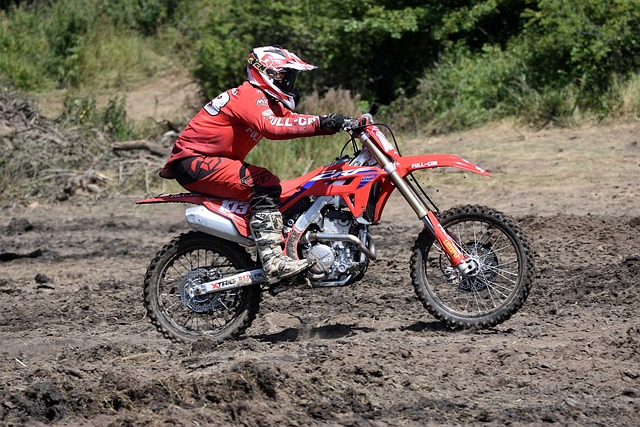For endurance athletes, the adage “fuel before you finish” takes on a precise meaning. The ability to sustain high‑level effort for hours relies on the body’s capacity to store, mobilize, and recycle carbohydrate stores. When a runner or cyclist is working at 70–90 % of maximal aerobic capacity, the primary energy substrate is glycogen in muscle and liver. By timing carbohydrate ingestion to match the physiological demands of training and competition, athletes can preserve glycogen, delay fatigue, and enhance performance.
How Carbohydrate Metabolism Supports Endurance
Carbohydrate is broken down into glucose, which circulates in the bloodstream and fuels working muscles. Muscle glycogen is a readily available reservoir that can be mobilized within seconds. When glycogen becomes depleted, the body turns to blood glucose and, to a lesser extent, fatty acids, which are less efficient at sustaining high intensity work. Thus, keeping muscle glycogen at high levels and ensuring a steady supply of glucose during prolonged activity are key strategies for elite and recreational endurance training alike.
Three Pillars of Carbohydrate Timing
The science of carbohydrate timing is built around three critical windows: pre‑exercise, during exercise, and post‑exercise. Each window serves a distinct purpose—pre‑exercise prepares the body, the during window sustains energy output, and the post‑exercise window repairs and re‑stores glycogen. Understanding what to eat and when helps athletes optimize both performance and recovery.
- Pre‑exercise – Fueling the glycogen stores and setting up blood glucose levels.
- During exercise – Supplying glucose directly to working muscles to maintain performance.
- Post‑exercise – Replenishing glycogen and supporting muscle repair.
Pre‑Exercise Carbohydrate Strategy
Optimal pre‑exercise carbohydrate intake typically falls between 1.2 and 1.8 grams per kilogram of body weight, consumed 3 to 4 hours before training. This allows digestion and absorption, raising blood glucose and storing a portion of the carbohydrate as muscle glycogen. An additional 0.5 to 1 gram per kilogram taken 30–60 minutes before the workout further elevates blood glucose, ensuring a ready supply of energy right from the start.
During-Exercise Carbohydrate Intake
During prolonged effort, athletes should aim for 30–60 grams of carbohydrate per hour. This can be achieved through sports drinks, gels, chews, or natural foods such as bananas and rice cakes. For sessions lasting over two hours, splitting the intake into two or three smaller portions can improve digestion and absorption. The choice of carbohydrate—simple sugars for quick absorption versus complex carbohydrates for sustained release—depends on the athlete’s tolerance and the intensity of the session.
Post-Exercise Glycogen Replenishment
The first 30 minutes to two hours after training is the “glycogen window,” during which muscle cells are most receptive to glucose uptake. Consuming 1.0–1.2 grams per kilogram of carbohydrate during this window, combined with a source of protein, maximizes glycogen restoration. For example, a 70‑kg athlete might consume 70–84 grams of carbohydrate within the first hour post‑workout, followed by a protein‑rich meal within four hours.
Choosing the Right Carbohydrate Quality
Not all carbohydrates are created equal. Simple sugars such as glucose and fructose are rapidly absorbed and are ideal for short, high‑intensity bursts or during‑exercise consumption. Complex carbohydrates like whole grains, legumes, and starchy vegetables provide a slower, sustained release of glucose, beneficial for longer training sessions. Glycemic index (GI) and glycemic load (GL) are useful tools; low‑GI foods can help maintain steady blood sugar levels, while high‑GI foods are preferable for rapid replenishment.
Individualizing Carbohydrate Timing
Athlete responses to carbohydrate timing can vary based on factors such as body composition, training status, and metabolic flexibility. Highly trained endurance athletes often have a higher proportion of type I muscle fibers, which can oxidize fatty acids more efficiently, reducing their reliance on carbohydrate. Conversely, recreational runners may benefit from more aggressive carbohydrate loading. Testing individualized plans in training rather than on race day can help identify the most effective strategy.
Sample Carbohydrate Timing Plan for a Marathoner
Below is a practical example for a 5‑hour marathon training session. Adjust portions based on body weight and sweat rate.
- 4 hours pre‑run: 1.5 g/kg carbohydrate (e.g., oatmeal with honey).
- 1 hour pre‑run: 0.5 g/kg carbohydrate (e.g., banana).
- During run: 45 g carbohydrate per hour via sports drink or gel.
- Post‑run (within 30 min): 1 g/kg carbohydrate plus 0.25 g/kg protein.
Common Myths About Carbohydrate Timing
Many endurance athletes fall into misconceptions that can undermine performance. One myth is that carbohydrate intake only matters on competition day; in reality, consistent glycogen loading throughout the training cycle keeps stores topped up. Another myth is that high carbohydrate diets cause excessive fat gain; research shows that when carbohydrate is matched to energy expenditure, the risk of weight gain is minimal. Finally, some believe that the timing of carbohydrate intake is less important than total daily consumption; while overall calories matter, the acute timing windows are critical for sustained high‑intensity effort.
Putting the Science Into Practice
Effective carbohydrate timing is a blend of evidence‑based guidelines and individual experience. Athletes should monitor their response to different strategies—note changes in perceived effort, recovery speed, and race performance. Keeping a simple log of carbohydrate sources, timing, and outcomes can help refine the plan. Over time, a well‑timed carbohydrate strategy becomes a reliable tool, turning training blocks into performance gains and races into podium finishes.




